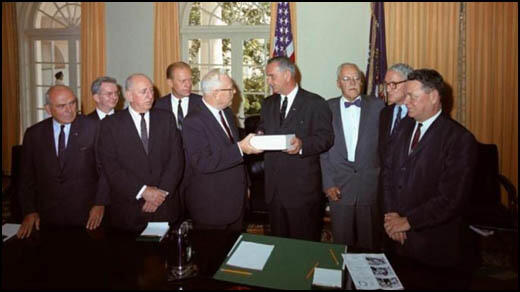On this day on 27th September
On this day in 1066 William the Conqueror's troops set sail from Normandy for conquest of England. Historians have disagreed about the size of William's army. According to Frank McLynn: "The most likely figure is 14,000, of which 8,000 would be used in battle, 2,000 on garrison duties, another 4,000 sailors and non-combatants (oarsmen, helmsmen, pilots, cooks, armour-bearers, smiths, carpenters, artisans, clerics, monks) and 3,000 horses... To sustain 14,000 men and 3,000 horses for a month the Normans would have needed 2,340 tons of grain (two-thirds of this for horses) plus 1,500 tons of straw and 155 tons of hay."
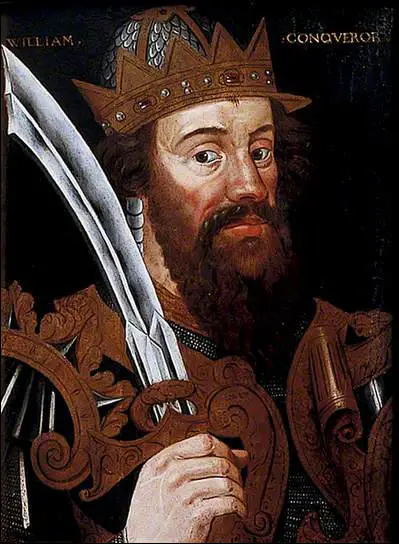
On this day in 1779 John Adams negotiates Revolutionary War peace terms with Great Britain. He also served as Minister to Great Britain (1785-88). His three volume Defence of the Constitution of the United States was published in 1787.
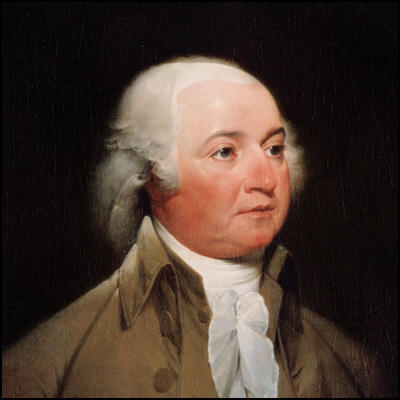
On this day in 1825 the Stockton & Darlington line was opened. Large crowds saw George Stephenson at the controls of the Locomotion as it pulled 36 wagons filled with sacks of coal and flour. The initial journey of just under 9 miles took two hours. However, during the final descent into the Stockton terminus, speeds of 15 mph (24 kph) were reached. The Durham County Advertiser reported: "The hour of ten arrived before all was ready to start. About this time the locomotive engine, or steam horse, as it was more generally termed, gave note of preparation. The scene, on the moving of the engine, sets description at defiance. Astonishment was not confined to the human species, for the beasts of the field and the fowls of the air seemed to view with wonder and awe the machine, which now moved onward at a rate of 10 or 12 mph with a weight of not less than 80 tons attached to it... The whole population of the towns and villages within a few miles of the railway seem to have turned out, and we believe we speak within the limits of truth, when we say that not less than 40 or 50,000 persons were assembled to witness the proceedings of the day."
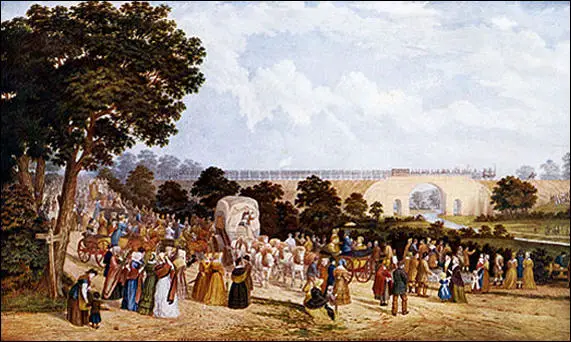
On this day in 1864 Jesse James takes part in the Centralia Massacre, in which guerrillas stopped a train carrying unarmed Union soldiers returning home from duty and killed or wounded some 24 of them.
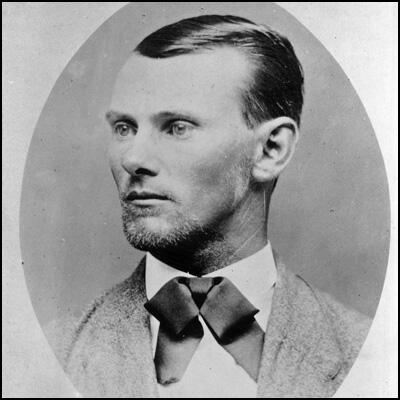
On this day in 1888 Nikolay Bukharin was born in Moscow. A leading Bolshevik, he lost the support of Joseph Stalin when he blamed the New Economic Policy for the failures in agriculture. In November, 1929, Bukharin, was removed from the Politburo. Bukharin was arrested and charged with treason in 1937. Raphael R. Abramovitch, the author of The Soviet Revolution: 1917-1939 (1962) pointed out that at his trial: "Bukharin, who still had a little fight left in him, was extinguished by the concerted efforts of the public prosecutor, the presiding judge, GPU agents and former friends. Even a strong and proud man like Bukharin was unable to escape the traps set for him. The trial took its usual course, except that one session had to be hastily adjourned when Krestinsky refused to follow the script. At the next session, he was compliant." Nikolai Bukharin was executed on 15th March, 1938.
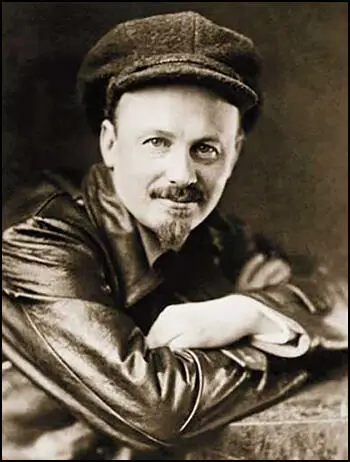
On this day in 1905 Albert Einstein published the paper "Does the Inertia of a Body Depend Upon Its Energy Content?"
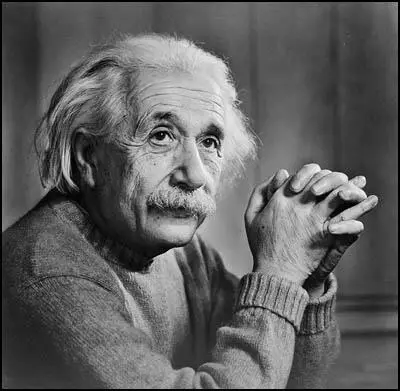
On this day in 1908 Henry Ford's first Ford Model T automobile leaves the Piquette Plant in Detroit, Michigan. At the time the Ford Motor Company was only one of 150 automobile manufactures that were active in the United States. Ford produced the Model T (also known as the Tin Lizzie or Leaping Lena) and told his investors: "I will build a car for the great multitude. It will be large enough for the family, but small enough for the individual to run and care for. It will be constructed of the best materials, by the best men to be hired, after the simplest designs that modern engineering can devise. But it will be so low in price that no man making a good salary will be unable to own one – and enjoy with his family the blessing of hours of pleasure in God's great open spaces." The first cars were assembly by hand, and production was small. Only eleven cars were built during the first month of production. It was sold for $825 and this made it the cheapest in the market. Early sales were very encouraging. Ford also introduced the latest marketing methods. His publicity department ensured that newspapers carried stories about the Model T. In 1909 Ford produced 10,600 cars and that year his company made a profit of over a million dollars. According to William Davis, the "Model T had two undeniable merits: it was efficient and it was cheap. Ford's innovative concept was a reliable car that would sell for no more than the price of a horse and buggy."
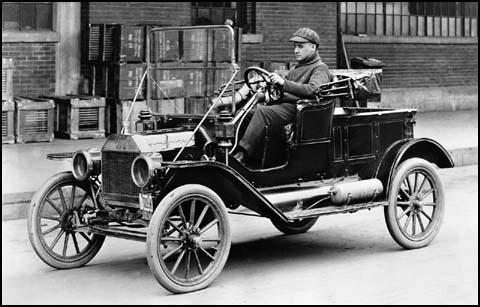
On this day in 1919 British troops withdraw from the North Russian town of Archangelsk after fighting the Bolsheviks (the Red Army). Leon Trotsky was now able to transfer the majority of their combat troops against the White Army. Nestor Makhno contributed a brigade from his insurgent army, the majority mounted on horses. In all, there were 188,000 infantry, cavalry and engineers with 3,000 machine-guns, 600 artillery pieces and 23 armoured trains. General Wrangel's army consisted of 23,000 infantry and 12,000 cavalry. General Peter Wrangel was able to hold out for six months but defeat was inevitable. On 11th November, 1920, he ordered his troops to disengage and fall back to the assigned ports for evacuation from the Crimean ports at Eupatoria, Sevastopol, Yalta, Theodosia and Kerch. It is believed that 126 ships had been commandeered to take 145,693 members of the White Army into exile.
David Bullock, the author of The Russian Civil War (2008) has argued that no one has been able to calculate accurately the cost in human life attributable to the Civil War. "Reasoned estimates have placed the number of dead from battle and disease in the Red Army as low as 425,000 and as high as 1,213,000. Numbers for their opponents range from 325,000 to 1,287,000." Another 200,000-400,000 died in prison or were executed as a result of the "Red Terror". A further 50,000 may have been victims of the corresponding "White Terror". Another 5 million are believed to have died in the ensuing famines of 1921-1922, directly caused by the economic disruption of the war. Bullock concludes that in total between 7 and 14 million died as a result of the Civil War.
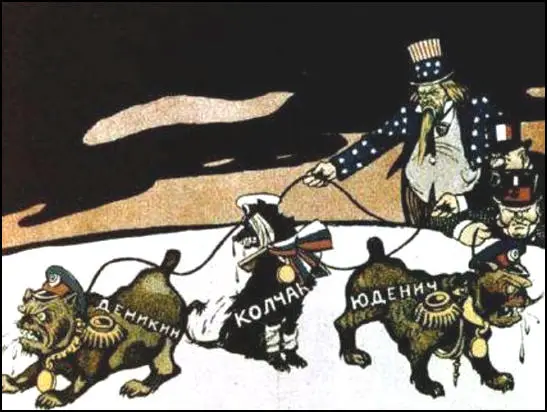
with the dogs, Anton Denikin, Alexander Kolchak and Nikolai Yudenich on leash (1918)
On this day in 1939 Warsaw surrenders to Germans after 19 days of resistance. The first ghetto was set up in Piotrkow on 28th October 1939.
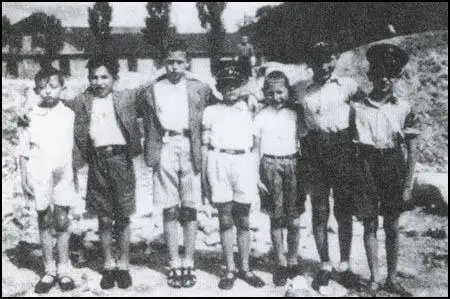
On this day in 1945 US General and head of the Allied occupation of Japan, Douglas MacArthur, meets Emperor Hirohito in Tokyo for the first time. MacArthur was given responsibility of organizing the war crimes tribunal in Japan and was criticized for his treatment of Tomoyuki Yamashita, who was executed 23rd February, 1946. However he was praised for successfully encouraging the creation of democratic institutions, religious freedom, civil liberties, land reform, emancipation of women and the formation of trade unions.
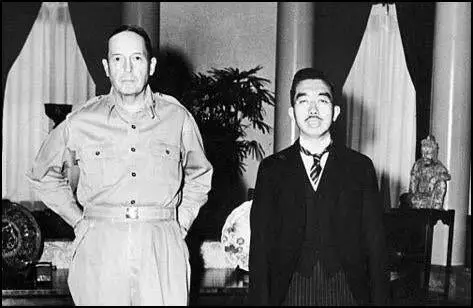
On this day in 1960 Sylvia Pankhurst died. A founding member of the Women's Social and Political Union (WSPU) she resigned in 1913 over its arson campaign. Her mother, Emmeline Pankhurst, and sister, Christabel Pankhurst, gave up their campaigning when middle-class women over 30 got the vote. Sylvia was a pacifist and disagreed with the WSPU's strong support for the First World War. In 1915 she joined with Charlotte Despard, Helena Swanwick, Olive Schreiner, Helen Crawfurd, Alice Wheeldon, Hettie Wheeldon, Emmeline Pethick-Lawrence and Chrystal Macmillan to form the Women's Peace Army, an organisation that demanded a negotiated peace. Whereas Emmeline and Christabel both joined the Conservative Party and later were sympathetic to the British Union of Fascists, Sylvia, was a socialist and remained active in politics throughout her life. In the 1930s she supported the republicans in Spain, helped Jewish refugees from Nazi Germany and led the campaign against the Italian occupation of Ethiopia.
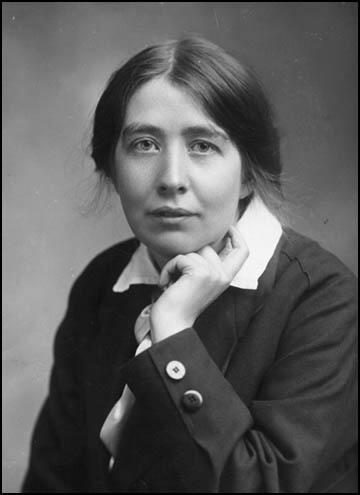
On this day in 1964 the Warren Commission report into the assassination of President John F. Kennedy is published. It claims that Lee Harvey Oswald acted alone. However, the House Select Committee on Assassinations published its report in 1979 stated: "Scientific acoustical evidence establishes a high probability that two gunmen fired at President John F. Kennedy. Other scientific evidence does not preclude the possibility of two gunmen firing at the President. Scientific evidence negates some specific conspiracy allegations. The committee believes, on the basis of the evidence available to it, that President John F. Kennedy was probably assassinated as a result of a conspiracy. The committee is unable to identify the other gunman or the extent of the conspiracy."
